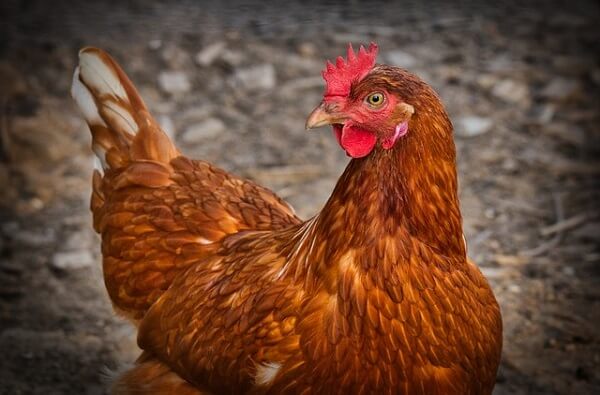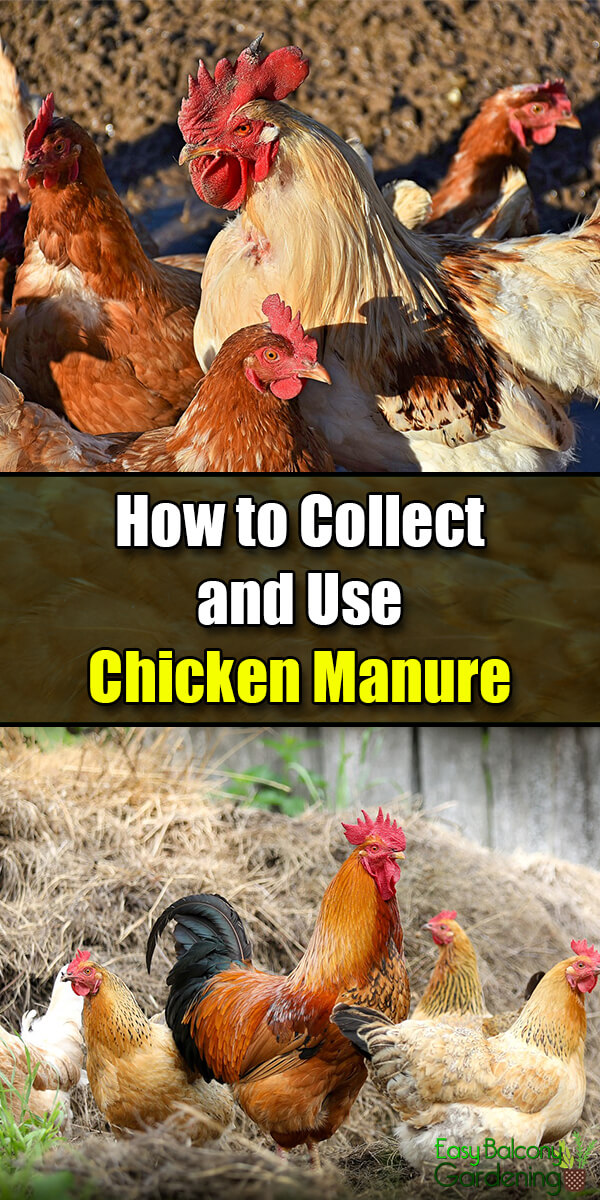Chicken manure as garden fertilizer is a natural soil additive that is high in nitrogen content. Learn how to compost your chicken manure. You will have healthier plants, and at the same time prevent the problems caused by accumulated droppings.
Chicken Manure Not a Mulch
Chicken manure abounds in NPK (N = nitrogen, P = phosphoric acid, K = potash), more than any other animal droppings. Raw chicken manure, however, is quite strong and can be fatal to your plants. You need to compost chicken manure. In other words, chicken manure like other animal droppings are good as garden fertilizer and not as mulch.
Regular Collection of Chicken Manure a Must!
Since raising chickens always means droppings, the accumulation of chicken manure is a smelly invitation to flies and rodents. Composting the chicken manure solves your problem.
- Conscientiously gather the droppings from the coops to keep the chicken manure clean and prevent the developing ammonia from injuring your chickens.
- Scoop into your composting bin the chicken bedding with the manure. Arrange your collection to fit your schedule. See what works for you, but remember to collect regularly.
Chicken Bedding
The recommended beddings for chickens are straw, dry leaves, wood shavings and/or sawdust. These bedding materials help in the control of pests and odor.
- If you are using wood shavings or sawdust, know the source of your wood. Treated lumber can spread toxins to your plants and thus to you as consumer.
- The type and quantity of beddings used determine the nutrient values of the chicken manure.
Watch Your Nitrogen Content
Microbes require an environment that will allow them to produce compost out of the organic material you supply.
- Although the carbon to nitrogen (C:N) ratio is considered stable at 30:1 to allow microbes to produce compost, the constitution really depends on the type of chicken beddings you use.
- Considering the nitrogen content of your chicken manure, try a 2:1 or 1:1 ratio and observe your plants. You can soon arrive at the right combination, as you work with different types of beddings available to you.
- The need to watch out for the nitrogen level is compounded if you prefer pure chicken manure for composting.
Hot Compost Pile
- Prepare a cubic yard of bedding and chicken manure to make your pile. Wet it to the consistency of a well-wrung absorbent sponge. Your compost pile will then begin heating up.
- Be careful where you put your chicken manure pile, as you need to maintain a pile temperature of 130°F to 150°F for three days, in order to eradicate the pathogens.
- Do not allow your chicken manure pile to be hotter than 155°F to avoid destroying the microorganisms your plants require. After three days, your pile will cool down.
- Bring the center of your chicken manure pile to the outer edges and vice versa. This will restart the heating process. Repeat the procedure four times at three-day intervals.
- Invest in a compost temperature gauge from your local nursery so that you are not guessing at your chicken manure pile temperature.
- The last step is loosely covering your chicken manure pile and letting it age for about 1-1/2 to 2 months.
- Your chicken compost is “ripe” when most material has turned flaky, dark-colored, and has a soil-like odor. The chicken compost is suitable for flowerbeds and vegetable gardens, and can now be gently worked into the soil..
Call for Help
If your chicken compost does not break down, smells, or attracts pests, something is awry. Seek advice from your local nursery.
Other Uses for Chicken Manure
Chicken manure has been utilized as feed for cattle and other livestock. It can also be burned for fuel. Chicken manure as garden fertilizer, however, is more common.








